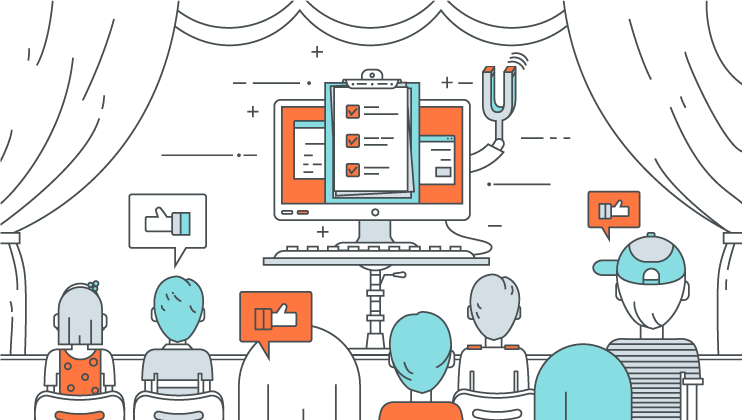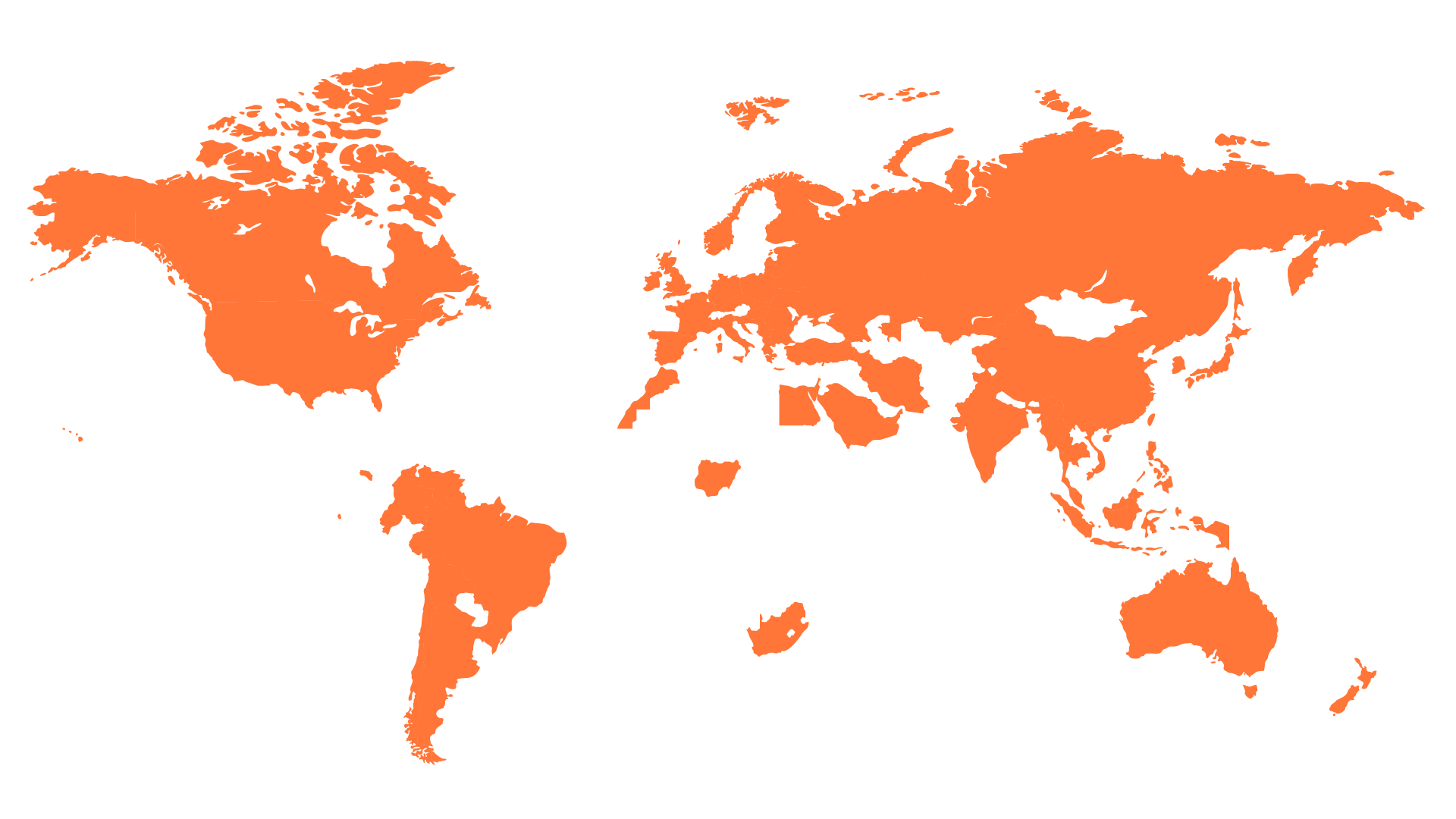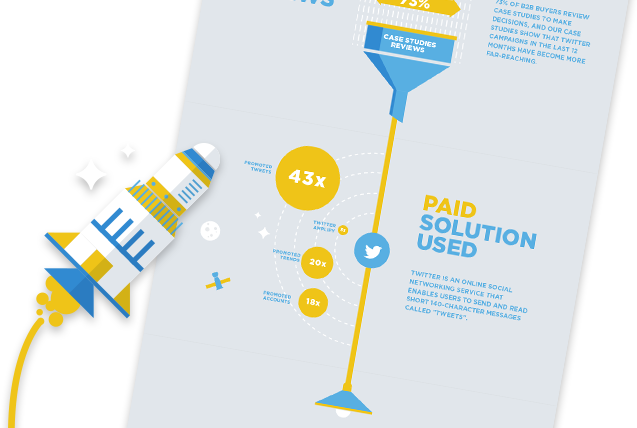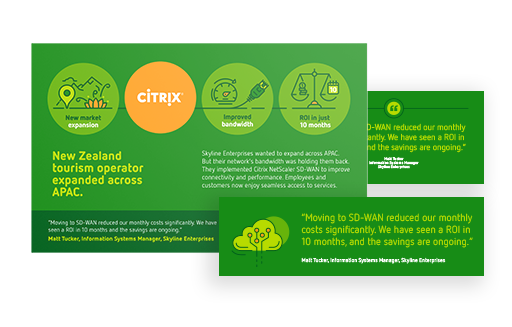
I don’t speak to my mom the same way I speak to my husband. It’s hilarious to think that I communicate with my friends like I do with my cat. And I certainly don’t talk to my boss the same way I talk to my kids.
Different types of people require different input. We choose our words, tone, and communication style based on who we’re speaking to.
The same goes for brands – they adjust – or should adjust - their communication depending on their audience. Marketers spend money, time, and resources creating content that they hope will attract prospects. According to one report from Content Marketing Institute, more than 70% companies created more content in 2015 than they did in 2014.
But, were their efforts worth it?
One of the best ways to make sure you are not spending your content marketing budget in vain is to ensure that the content you create resonates with your customers’ needs.
How can you do that?
Well, it all starts with identifying their pain point.
1. Identify Your Customers’ Pain Points
In his book, “Influence: The Psychology of Persuasion,” Robert Cialdini shares a story of a study conducted on the impact of two different ads. One ad said, “If you insulate your house, you will save 50 cents every day” while the other ad said, “If you don’t insulate your home, you will lose 50 cents every day.”
Which one do you think converted the most buyers?
It was the second one.
At the most basic level, people are influenced by two things: combat pain and pursue pleasure.
From a marketer’s perspective, that means that you need to identify your audience’s pain points and craft content that solves their problems.
Here’s an example. Let’s say you are a winter sports retailer and your research reveals that one of the most common problems your customers face is fitting their boots correctly. You can create a series of how-to articles to help customers find the right equipment. That way, by addressing their pain points, you create content that resonates with their needs.
Download our ebook about the 6 metrics used by marketing superstars.
2. Teach, Don’t Sell
The old marketing adage still stands: “Teach, don’t sell.” Consumers have become expert at blocking/ignoring online ads and sales content, but, as studies show, they respond well to informative content. That’s one of the things that makes content marketing so different from advertising – it doesn’t focus on selling, but on building lasting relationships that can eventually lead to sales.
The point of your content should be to give your audience useful, relevant information, not to talk about your sales and promotions. Frankly, consumers are fed up with advertising. What they crave instead is value-added content that solves their problems and educates them.
By offering them helpful guidance and becoming a leader in your industry you can ensure that you are not wasting money on content that misses the mark with your audience.
There are multiple examples of brands that have made the successful shift from traditional product based selling to offering value and teaching their customers with ‘how-to’ videos and guides. This is what people are looking for.
3. Create Buyer Personas
Trying to create content without a clear understanding of your audience is a bit like entering a dancing contest without knowing how to dance. You are taking action, and you are doing your best, but your efforts are useless.
Every content marketing strategy should start with an in-depth understanding of who your audience is, from basic information such as gender, location, and age, to deeper psychological traits like needs, motivations, and dreams.
The best way to really get into your customers’ head is by creating a detailed buyer persona. And remember, if you outsource content creation to an agency, remember to share your buyer personas.
Here’s an example of a buyer persona:
Let’s imagine you created an app that tells people the best fares and flight deals. A persona would look something like this:
Jennifer, freelance web designer
Personal information: Jennifer is 27 years old and lives in Portland. She has a BA degree in Multimedia Design and Development from NC State University. She is a freelance web designer. She has enough money to live a decent life, but would like to earn more. She works during the day, but on her own terms.
She lives in an apartment with her best friend, Rachel, who is 26 years old. She likes reading, watching TV & movies and photographing. She likes to travel and is always on the lookout for flight deals. She spends most of her weekends on the road, exploring nearby cities.
User goals: Jennifer uses the app to discover cheap flight deals. She wants to visit as many countries as possible, so the app makes the process of finding the best deals easier.
By creating buyer personas, you envision your ideal customer and their pain points and understand where your content fits in this equation. You are much better equipped to create quality B2B content.
Then, be sure to understand how to use buyer personas: put yourselves in their shoes, place your content on social channels that they frequent.
No matter how hard you work to create engaging content, it loses its impact if you don’t communicate it in a way that resonates with your customers. We need to be consciously choosing customer centric marketing. Identifying your readers’ pain points, creating a detailed buyer persona and being consistent is crucial to creating helpful content that adds value to your audience’s life.
Review your buyer personas now. Do you address your customer’s pain points? Review the tone of your content: are you teaching, rather than selling?






